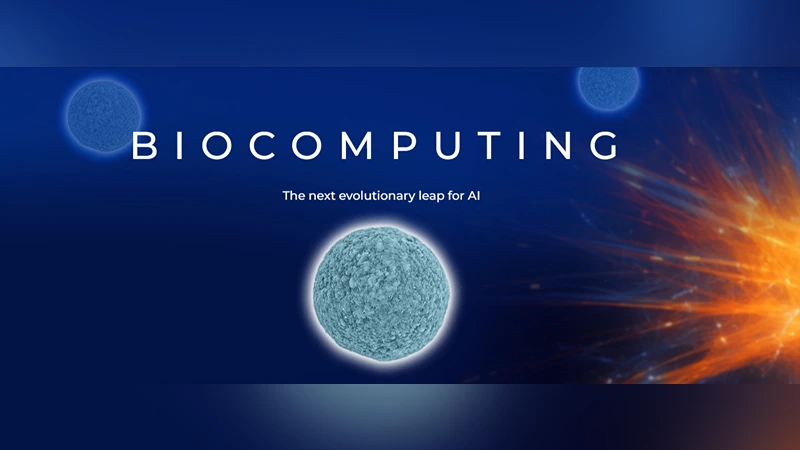Do you remember those sci-fi movies where humans connected directly with computers? That concept is edging closer to reality thanks to groundbreaking research from Switzerland. Researchers there have developed a bio-computer that doesn’t use traditional circuits but instead relies on living brain cells. This new technology is not only powerful but also significantly reduces energy consumption.
What Exactly is a Biocomputer?
A biocomputer is a computer that utilizes living brain cells to process information. Unlike conventional computers that rely on electronic circuits, biocomputers harness the efficiency of neurons—the cells responsible for transmitting and receiving information in our brains.
Why decide on Brain Cells?
For years, scientists have aimed to create artificial intelligence (AI) systems that mimic the human brain’s processing power. However, as these AI systems become more advanced, they also become more energy-intensive, posing environmental challenges. The biocomputer’s use of Real brain cells addresses this issue by leveraging the innate efficiency of biological neurons, resulting in significantly reduced energy consumption compared to traditional computing methods.
Operational Mechanism of the Biocomputer
The biocomputer operates by integrating 16 small clusters of human brain cells known as organoids. These organoids are maintained in a specialized system that supplies them with essential nutrients. Each organoid connects to eight electrodes, facilitating the transmission and reception of information crucial for computing tasks.
Role of FinalSpark
Leading this innovative initiative is FinalSpark, a Swiss startup that has developed a platform granting continuous access to these brain organoids. The aim is to advance towards creating the world’s first living processor—a processor composed of neurons capable of learning and processing information. This bioprocessor is reported to consume a million times less power than traditional digital processors.
Environmental Benefits
The Key advantage of the biocomputer lies in its minimal energy consumption. Unlike conventional digital processors, which demand substantial power resources, the bioprocessors in the biocomputer operate efficiently by utilizing neurons. This significant reduction in energy usage could potentially mitigate the environmental impact associated with extensive computing operations.
International Collaboration
Dr. Fred Jordan, co-founder of FinalSpark, emphasizes the importance of international collaboration in achieving their ambitious goals. Collaboration among scientists and researchers worldwide is crucial for advancing this innovative technology.
Data Collection and Research Insights
Over the past three years, FinalSpark’s platform has facilitated the utilization of more than 1,000 brain organoids, resulting in the accumulation of over 18 terabytes of valuable data. This data plays a pivotal role in refining the biocomputer’s capabilities and enhancing its efficiency.
Future Implications of Biocomputing
The development of the biocomputer heralds a new era in computing technology, demonstrating the potential to integrate biological elements for enhanced efficiency and computational power. This fusion of biology and technology could pave the way for future computing systems that operate with the efficiency of living organisms, contributing to sustainable and eco-friendly computing solutions.
Published Research Findings
The findings of this pioneering research have been documented in the esteemed journal Frontiers in Artificial Intelligence, ensuring credibility and rigorous peer-review standards.
FAQ’s
How does the biocomputer contribute to reducing environmental impact?
The biocomputer's utilization of neurons, which are naturally energy-efficient, allows it to consume a million times less power than conventional digital processors. It contributes to mitigating the environmental impact associated with energy-intensive computing operations.
Bottom Up
The creation of the biocomputer marks a significant milestone in technological advancement. By harnessing the capabilities of living brain cells; this innovation enhances computational power and promotes energy efficiency. FinalSpark’s initiative represents a step towards realizing sustainable and environmentally conscious computing solutions.

